Ferrofluid!




Ferrofluid!
More Posts from Hannahhaifisch and Others

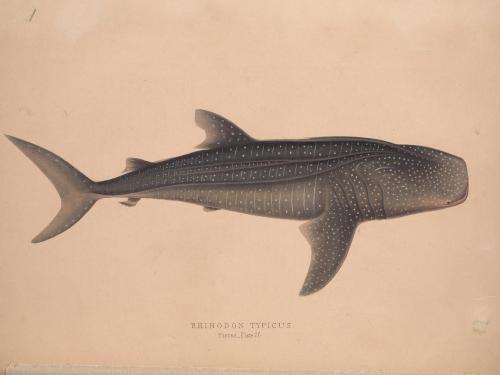




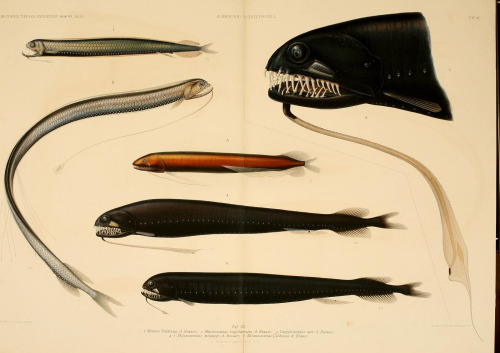
June 8th is World Oceans Day - a day to celebrate the oceans that connect and sustain all of us. Our colleagues at the Biodiversity Heritage Library have been leading up to today with a series of blog posts exploring historic publications that mark important milestones in the progress of marine bioscience research and ocean exploration.
Top image: Whale shark from Illustrations of the zoology of South Africa… v.4 (1845) Middle top : radiolarians and jellyfish from Ernst Haeckle’s Kunstformen der Natur (1904) Middle bottom: giant squid from Cassell’s Natural History v.5-6 and cuttlefish from Voyage de la corvette l'Astrolabe Mollusques and Zoophytes Atlas (1833) Bottom: deep sea fish from Valdivia Expedition…1898-1899. Bd. 15, T. 1








Hubble Views The Final Frontier For Dark Matter
“This phenomenon of gravitational lensing stretches galaxies into streaks and arcs, magnifying them, and creating multiple images. It also enables us to reconstruct the mass distribution of the cluster, revealing that it’s mostly due to dark matter.”
When you look out at the distant Universe, you can see all sorts of things: stars, galaxies, clusters of galaxies, going as far back into the distant past as our telescopes can image. But where you have the greatest concentrations of mass, an extreme phenomenon emerges: that of gravitational lensing. Any foreground objects lying behind that mass will have their light stretched, magnified and distorted by the intervening matter. Recently, as part of the Hubble Frontier Fields program, the telescope followed-up on galaxy cluster Abell 370, and revealed the most spectacular gravitational lensing signal ever seen in a galaxy cluster. Most importantly, it provides some very strong evidence not only for dark matter’s existence, but for its presence distinct from any galaxies at all.
Come get the full story in images, videos, and no more than 200 words on this edition of Mostly Mute Monday!

Limited Short Term Memory Caused by Interference From Similar Items Seen Earlier
Our short-term memory is severely limited in everyday experience, but according to a new study from City, University of London and the Hungarian Academy of Science, it has no intrinsic limits when it comes to remembering information.
The research is in Psychological Review. (full access paywall)
Magnetic Field Viewer

two patterns
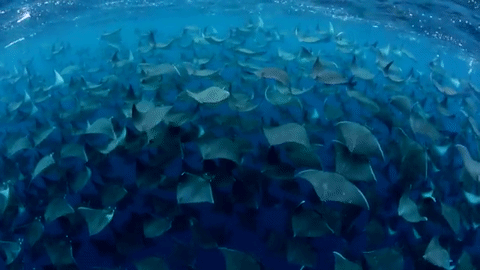
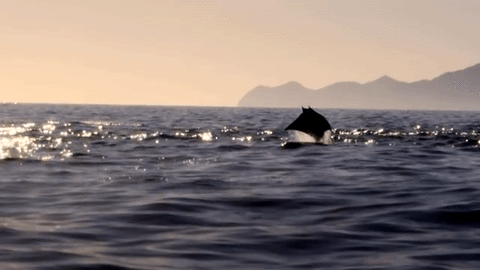
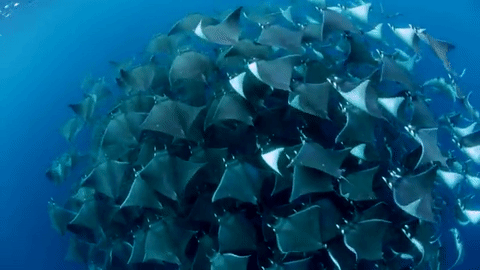

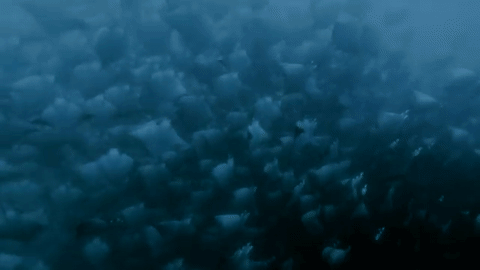
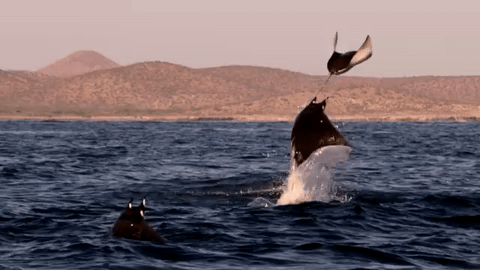
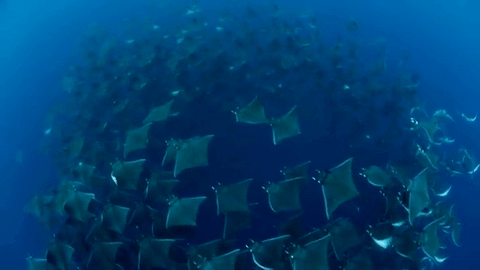
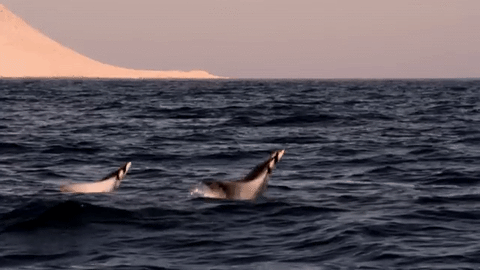
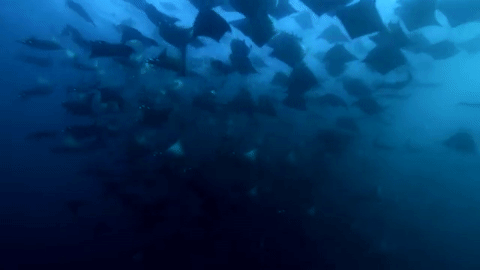
closely related to sharks but with long, flat bodies and wing-like pectoral fins, mobula rays are ideally suited to swooping through the water - here off the gulf of california - yet seem equally at home in the air, so much so that they have earned the name “flying rays”. mobula rays can reach heights of more than two metres, remaining airborne for several seconds.
mobula rays are quite elusive and difficult to study, so biologists are not quite sure why they jump out of the water. theories vary from a means of communication, to a mating ritual (though both males and females jump), or as a way to shed themselves of parasites. they could also be jumping as a way of better corralling their pray, as seen with them swimming in a circular formation.
what is known about mobula rays is that they reach sexual maturity late and their investment in their offspring is more akin to mammals than other fishes, usually producing just a single pup after long pregnancies, all of which makes them extremely vulnerable to commercial fishing, especially as a species that likes to come together in large groups.

Layer Drawing Forest, Nobuhiro Nakanishi, 2008.

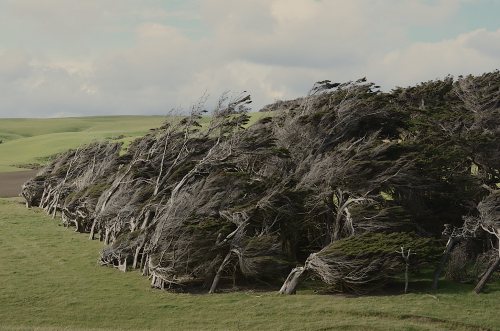



slope point, the southernmost tip on new zealand’s south island, is hit with such persistently violent southern antarctic winds that trees grow in the leeward direction. (click pic or link for credit x, x, x, x, x, x)
-
 dreaming-marchling reblogged this · 5 years ago
dreaming-marchling reblogged this · 5 years ago -
 oceanviewbase liked this · 6 years ago
oceanviewbase liked this · 6 years ago -
 forgotten-delirium reblogged this · 7 years ago
forgotten-delirium reblogged this · 7 years ago -
 soapeatinganarchy reblogged this · 7 years ago
soapeatinganarchy reblogged this · 7 years ago -
 underthesequoias liked this · 7 years ago
underthesequoias liked this · 7 years ago -
 foxxychick27 liked this · 7 years ago
foxxychick27 liked this · 7 years ago -
 fewixlovesu liked this · 7 years ago
fewixlovesu liked this · 7 years ago -
 themightyfluffyone reblogged this · 7 years ago
themightyfluffyone reblogged this · 7 years ago -
 crappy-pasta-blog reblogged this · 7 years ago
crappy-pasta-blog reblogged this · 7 years ago -
 antonellajshks-blog liked this · 7 years ago
antonellajshks-blog liked this · 7 years ago -
 creamedvanillababy reblogged this · 7 years ago
creamedvanillababy reblogged this · 7 years ago -
 spacedoutsoap liked this · 7 years ago
spacedoutsoap liked this · 7 years ago -
 lapistim reblogged this · 7 years ago
lapistim reblogged this · 7 years ago -
 weepingpeony-blog liked this · 7 years ago
weepingpeony-blog liked this · 7 years ago -
 starofaveragebrightness liked this · 7 years ago
starofaveragebrightness liked this · 7 years ago -
 in-the-end-were-all-insane reblogged this · 7 years ago
in-the-end-were-all-insane reblogged this · 7 years ago -
 boygirlz reblogged this · 7 years ago
boygirlz reblogged this · 7 years ago -
 retrosiilver reblogged this · 7 years ago
retrosiilver reblogged this · 7 years ago -
 tmntmarrisa liked this · 7 years ago
tmntmarrisa liked this · 7 years ago -
 xxminisamxx reblogged this · 7 years ago
xxminisamxx reblogged this · 7 years ago -
 chaoticyume liked this · 7 years ago
chaoticyume liked this · 7 years ago -
 queen-commander liked this · 7 years ago
queen-commander liked this · 7 years ago -
 tropicpenguiin liked this · 7 years ago
tropicpenguiin liked this · 7 years ago -
 dragona15 reblogged this · 7 years ago
dragona15 reblogged this · 7 years ago -
 dragona15 liked this · 7 years ago
dragona15 liked this · 7 years ago -
 likeasorethumb reblogged this · 7 years ago
likeasorethumb reblogged this · 7 years ago -
 likeasorethumb liked this · 7 years ago
likeasorethumb liked this · 7 years ago -
 spectral-dog liked this · 7 years ago
spectral-dog liked this · 7 years ago -
 alexadne liked this · 7 years ago
alexadne liked this · 7 years ago -
 swamp-y reblogged this · 7 years ago
swamp-y reblogged this · 7 years ago -
 swamp-y liked this · 7 years ago
swamp-y liked this · 7 years ago -
 mythicalmarkiplite1799 reblogged this · 7 years ago
mythicalmarkiplite1799 reblogged this · 7 years ago -
 soft-pigeon liked this · 7 years ago
soft-pigeon liked this · 7 years ago -
 ichor-wounds-blog liked this · 7 years ago
ichor-wounds-blog liked this · 7 years ago -
 maybe-i-shouldnt-have liked this · 7 years ago
maybe-i-shouldnt-have liked this · 7 years ago -
 killcrow liked this · 7 years ago
killcrow liked this · 7 years ago -
 luvcorelez liked this · 7 years ago
luvcorelez liked this · 7 years ago -
 nerdydanzr liked this · 7 years ago
nerdydanzr liked this · 7 years ago -
 transendent-archive liked this · 7 years ago
transendent-archive liked this · 7 years ago